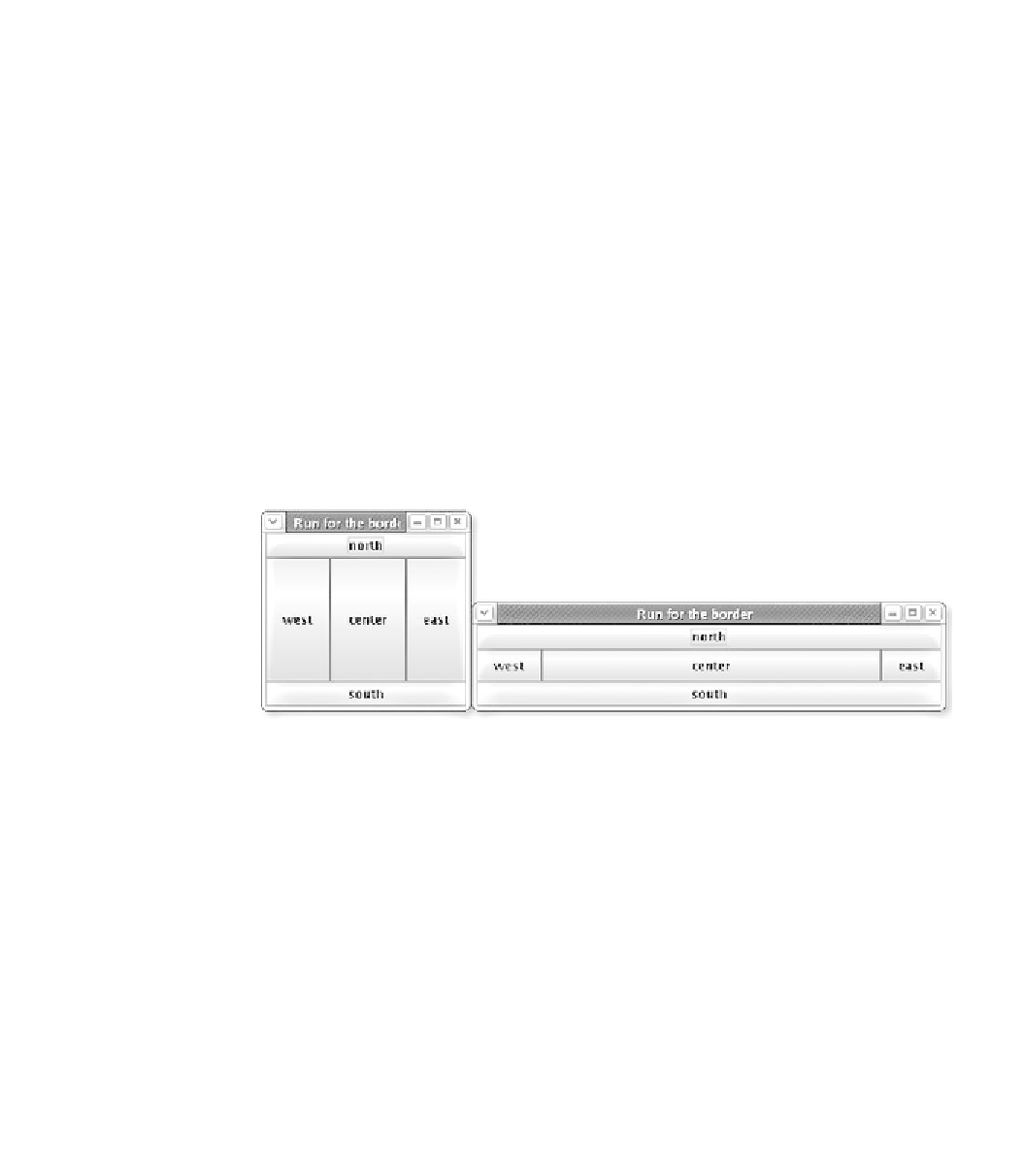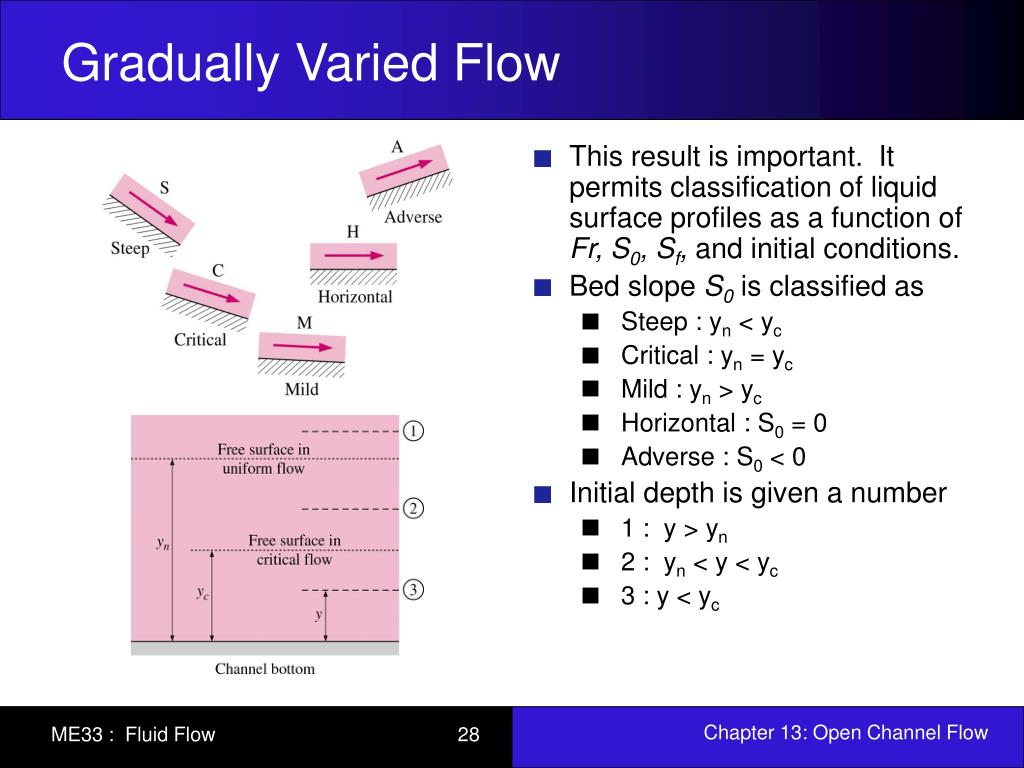

- MAKE FLOWLAYOUT BUT FILL VERTICALLY HOW TO
- MAKE FLOWLAYOUT BUT FILL VERTICALLY FULL
- MAKE FLOWLAYOUT BUT FILL VERTICALLY CODE

This is what the form will look like when we’re done. By canceling the password recovery action, these new controls will be hidden once again and the form will return to it’s initial state. When tapping on the “Forgot your password?” button, the form will change, hiding the password text field and showing the new call-to-action buttons and message labels. The sample application we’ll build features a simple Sign In form, with the option for recovering a forgotten password, all in a single screen. Just be sure to judiciously use compression and content hugging priorities to solve possible layout ambiguities. Even though you can use a stack view within an UIScrollView, don’t try to replicate the behaviour of an UITableView or UICollectionView, as you’ll soon regret it.Īpple recommends that you use UIStackView for all cases, as it will seriously reduce constraint overhead.

MAKE FLOWLAYOUT BUT FILL VERTICALLY HOW TO
These attributes specify how the view collection is laid out across the span of the stack view (distribution) and how to align all subviews within the stack view’s container (alignment). The containing views are laid out according to the stack view’s (…) and (…) types.You can embed stack views within each other, recursively.The views contained in a stack view can be arranged either Vertically or Horizontally, in the order they were added to the arrangedSubviews array.You should keep the following stack view properties in mind: A UIStackView will dynamically adapt its containing views’ layout to the device’s current orientation, screen sizes and other changes in its views. In order to reduce this complexity, the iOS 9 SDK introduced the UIStackView, an interface control that serves the single purpose of laying out collections of views. With different constraint sets for different size classes, the total number of constraints increases considerably and the complexity of managing them increases as well. One disadvantage of this approach is that you are obligated to define, typically, between 2 to 6 constraints for each control you add to your view. The problem with Auto LayoutĪuto Layout basically works as an linear equation solver, taking all of the constraints defined in your views and subviews, and calculates the correct sizes and positioning for them. But now, we are at a point where, in order to fully support all device sizes and split-screen multitasking on the iPad, you must embrace it and design your applications with a flexible UI in mind. With the release of iOS 8 and the introduction of Size Classes, the tools and the API improved but you could still dodge and avoid Auto Layout.
MAKE FLOWLAYOUT BUT FILL VERTICALLY FULL
When introduced in iOS 6, it was optional and full visual support in Interface Builder just wasn’t there. Auto LayoutĪuto Layout has become a requirement for any application that wants to adhere to modern best practices of iOS development.
MAKE FLOWLAYOUT BUT FILL VERTICALLY CODE
The source code for this post can the found in this github repository. By taking advantage of UIStackView’s properties, we will dynamically adapt to the device’s orientation and show / hide different form components with animations. In this post we will build a Sign In and Password Recovery form with a single flexible layout, using Swift and the UIStackView class, which has been available since the release of the iOS 9 SDK.


 0 kommentar(er)
0 kommentar(er)
